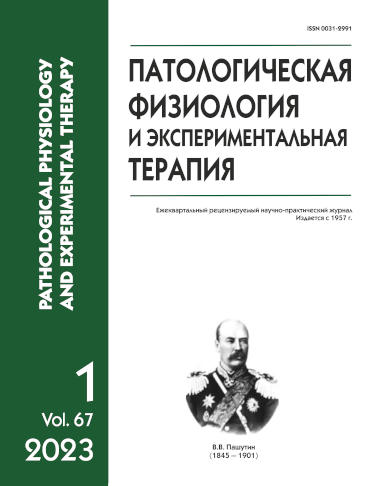Analysis of the causes and approaches to the regulation of the cytotoxic state of microglia in the aging brain
DOI:
https://doi.org/10.25557/0031-2991.2023.01.94-109Keywords:
microglia, neuroinflammation, aging, hypothalamic-pituitary-adrenal axis hyperactivation, pro-resolving/proanabolic factorsAbstract
Since the epoch-making discovery of microglia by Pio del Rio Ortega, a century of multifaceted studies has passed, which confirmed the properties and functions of microglial cells ingeniously predicted by the Spanish histologist. However, the reasons for the steady age-dependent decrease in the homeostatic/reparative potential of microglia, as well as approaches to modulating the cytotoxic state of microglia in the aging brain, remain unresolved issues at the current state of neurobiology, while age-associated neuroinflammation, neurodegeneration and neurodysfunction represent a threatening challenge to the modern “aging” society. The aim of this review was to analyze the ideas about the causes for the development of the microglia dystrophic/senescent phenotype of microglia and approaches to enhancing its neuroreparative potential in the aging brain. The authors discussed the age-related progression of glucocorticoid hyperproduction and the shortage of pro-resolving/pro-anabolic factors as the leading mechanisms in the development of age-related dystrophic changes in microglia.Downloads
Published
2023-03-17
Issue
Section
Reviews
How to Cite
[1]
2023. Analysis of the causes and approaches to the regulation of the cytotoxic state of microglia in the aging brain. Patologicheskaya Fiziologiya i Eksperimental’naya Terapiya (Pathological physiology and experimental therapy). 67, 1 (Mar. 2023), 94–109. DOI:https://doi.org/10.25557/0031-2991.2023.01.94-109.






